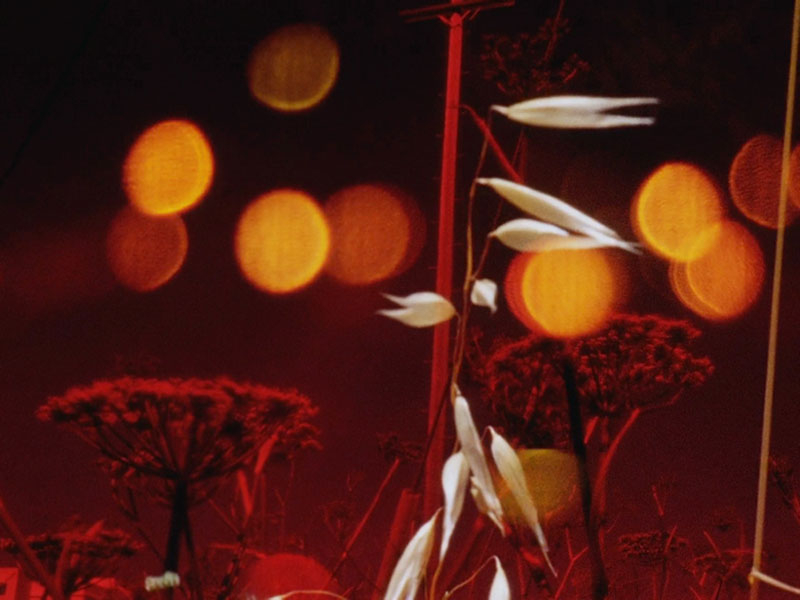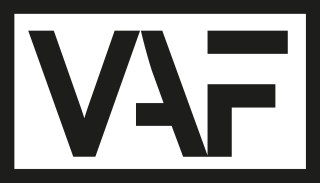Cinema Parenthèse #33
.2022 19:00-21:00

INTRODUCTION
CINEMA PARENTHÈSE and iMAL present JEROME HILER (1943)
The films of HILER blend a beauteous celebration of the sensual world with a deep sense of introspection and solitude. They are occasions for reflection and meditation, on light, landscape, time and the motions of consciousness. Hiler's encounter with the films of Nathaniel Dorsky, Marie Menken, Gregory Markopoulos and Stan Brakhage deeply affected his own artistic path.
For example, "In the Stone House" Hiler compiles physically fragile and intensely poignant footage shot during the same period chronicled in Nathaniel Dorsky's "Hours for Jerome" (1966-1970). Hiler and Dorsky lived together in rural New Jersey in the late '60s, and their films draw from the same well of intimate experience and acute retrospection. But how rare it is to see such a highly refined syntax multiplied across sensibilities in this way! Brought together 40 years after its inception and 20 years after "Hours for Jerome", "In the Stone House" draws out moments of lost time like pressed flowers from a book. Lacing through the fleeting visions of passing days are several more elaborate rituals: preparations made to film an eclipse.
For most of his life, Hiler only screened his work among his circle of friends. However, from 1995 on, his work has been seen more publicly.
These films are available only as 16mm copies, so this is a great opportunity to watch them.
Programme
INTRODUCTION
Daniel A. Swarthnas (Cinema Parenthèse)
IN THE STONE HOUSE
1967-71 (edit 2012) | 16 mm | color/b&w | silent | 18fps | 35’00
In the Stone House follows the course of three seasons. There is a strong conjunction between the energies of the natural world and the youthful mind of the filmmaker newly in love with both film and the material world. For me, the sense of observation is more important than the thing observed. I often record everyday things. There are trips to Manhattan, as well as to my parents in working-class Queens. I don't see this as "diaristic" as if it had no significance to anyone but myself. When I am shooting film, I am inviting the viewer inside myself to that area that usually seems unreachable in human exchanges. Every art, such as painting or music, has that special area that is disallowed to all other forms. With film, you can inhabit my mind. (J.H.)
WORDS OF MERCURY
2010-11 | 16 mm | color | silent | 18fps | 25’00
Words of Mercury has many layers of super-impositions which were all shot in the camera. It moves from a stark Wintery world and slowly develops into a place of overgrowth and richness that is almost suffocating and which re-invites death. (J.H.)
BAGATELLE I
2016-2018 | 16mm | color/b&w | silent | 18fps | 16'00
Bagatelle I is a film with a thread of portraiture running through it. We meet an artist clinging to a fence during a break from his workplace. The walls of his world are formidable and highly energetic. Still, there are spaces where solitary work can transform a chaotic world. (J.H.)
RULING STAR
2019 | 16mm | color | silent | 18fps | 22'00
Ruling Star opens with an overture that takes place within a faux-Egyptian temple found in a suburban neighborhood. Delightful to see a dedication to Pharaoh Akhenaten who intuits a unifying principle uniting all forms and appearances. We move on to a series of worlds that seem to lead us to darker places. Literally, Ruling Star refers to the Sun as the giver of life and light here on Earth. There is also a metaphorical aspect that refers to an interior guide that a person has that sees one through a time of uncertainty and confusion. While making the film, I found myself facing a number of new situations. For one thing, this was my first film using negative stock after a lifetime of shooting color reversal. The new color spectrum was extremely limited and seemed to gravitate to either brown-orange or blue. Many of my initial intentions for the film were changing and new motifs were arising. Eventually, I found myself conceptually lost and unable to devise a way forward. None of my life-long habits were of help. This was a time when I had to open up to a greater freshness of purpose. I had to go forward into the unknown without a plan. The glory of making films that are completely self-motivated is precisely that one can try to find one’s own rules. It makes an overly pre-determined entity like film much more like a musical improvisation. To be sure, I have always worked in a way that was improvisational, but never had I had to trust instinct so blindly. (J.H.)
Film prints from LightCone, Paris.
cinema parenthèse
Cinema Parenthèse is a platform in Brussels, Belgium that invites alternative filmmakers and screens films in their original format. The screenings are based on a dialectical montage, the collision between single films and different film programmes, an ongoing series about investigating different film strategies in political and aesthetic manners.
Cinema Parenthèse is interested in filmmakers and individual films that want to go beyond - based on different practices - ethnographic and anthropological studies, field and archival work. Films that can be understood as an experimentation with the discovery and unveiling of places and people, acting as a melting pot for various social, political and cultural specificities and cross-cultural experiences. Camera positioning, architecture of the image, the pro-filmic (everything in front of and registered by the camera), the non-diegetic, the soundtrack, politico-cultural diversity and the challenges in representation are central concerns in the films we shall screen. Films which refers to a rethinking of both aesthetics and cultural representation, and show its ability to see film as cultural representation – as opposed to seeing through film. The resistance to the salvage paradigm lies not in abandoning its allegorical structure but by opening the mind’s eye to different histories, and seeks ways of revising the production of otherness in the representation. To deal with history and to overcome the binary oppositions in us and them and self and the others is also of vital interest within our project.
Cinema Parenthèse is also interested in film as structure or structure as film. Films that use different methods (optical printing, refilming, color separation, loops, superimposition) to manipulate and transform short film sequences or single frames in a structural and time-based manner. Cinema Parenthèse focuses on structural materiality, film as film and film as materiality. Films that - with different methods - bring out how deconstruction of the original material results in unexpected constellations and visual rebuilding for a 'new' film structure.
With the support of

